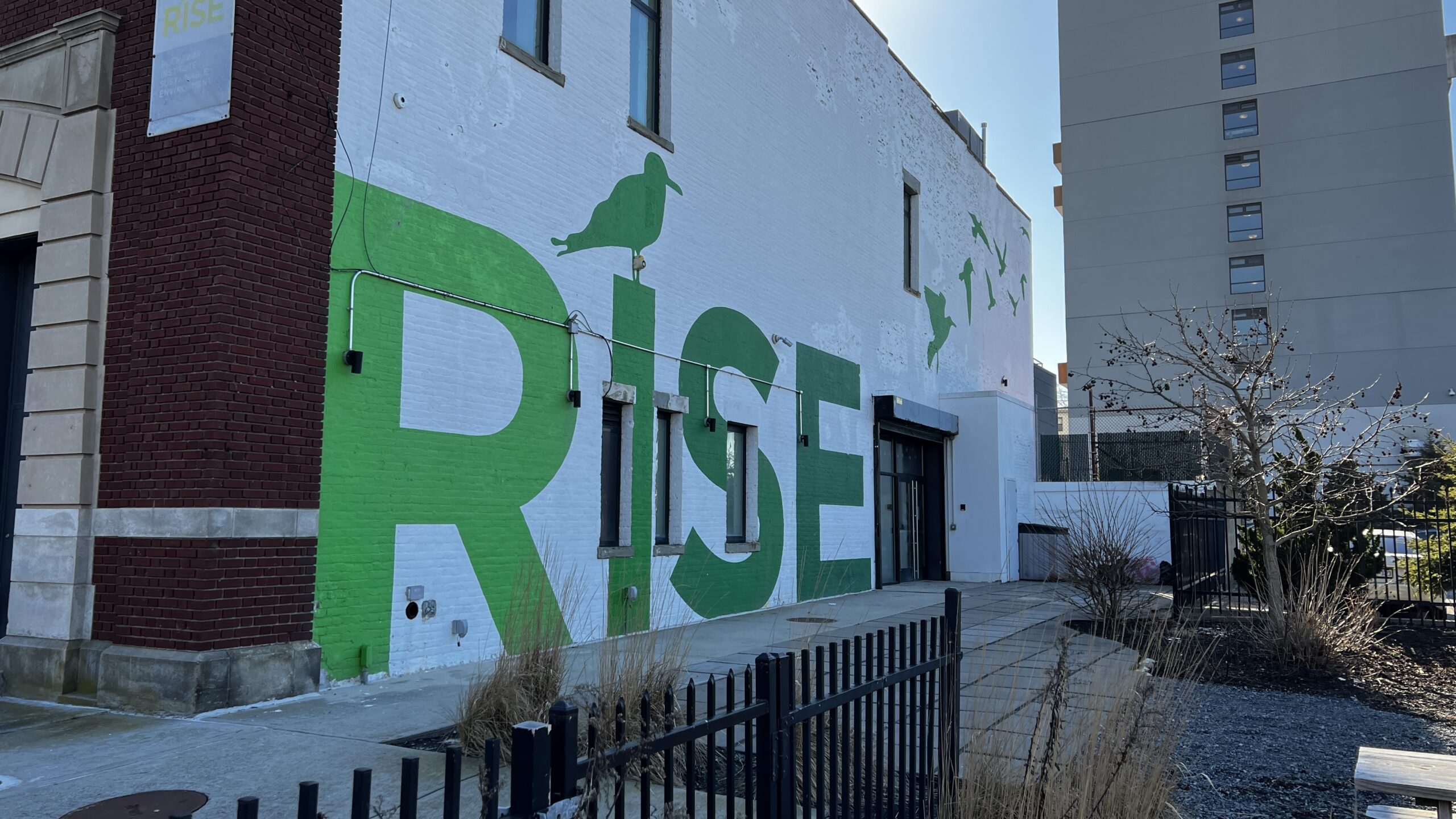The Rising Tide

Dr. Denise Tahara
Mrityunjay Misra, Kaixin Wang, Oguz Bayar, and Raghavendra Chate
School of Art
The Rockaways, a vibrant coastal community in New York City, faces a looming threat: rising sea levels and increasingly frequent floods. While the city has implemented plans to mitigate these risks, the effectiveness of these efforts often falls short in underserved communities like The Rockaways. This disparity leaves residents vulnerable, unprepared, and struggling to recover from disasters.
This project tackles this critical issue by proposing the FORCE framework – First-Order Response Community Engagement framework. Rooted in community engagement and culturally competent communication, FORCE aims to empower The Rockaways to respond effectively to future flooding events.
Understanding the Problem:
Our research revealed several critical gaps in current disaster preparedness and response strategies. These include:
Delayed Emergency Response: Underserved communities often experience delays in receiving critical services like search and rescue, medical aid, and evacuation assistance. This delay can have devastating consequences.
Inadequate Resource Allocation: Post-disaster aid and recovery resources are often unevenly distributed, leaving underserved communities struggling to rebuild.
Lack of Culturally Competent Communication: Information about flood risks, preparedness plans, and resources is often not effectively communicated to these communities, leading to confusion and misinformation.
Building a Solution:
The FORCE framework addresses these issues through a three-pronged approach:
1. Pre-Disaster Engagement:
Building Trust: Establishing relationships with community leaders, faith-based organizations, and trusted voices fosters effective communication during emergencies.
Understanding Communication Channels: Identifying the languages and channels used by different communities ensures targeted communication plans.
Educational Campaigns: Infographics and public service announcements raise awareness about diverse community needs.
2. Immediate Post-Disaster Actions (The Golden Hour):
Simultaneous Broadcasts: Critical information is disseminated through identified channels, ensuring everyone receives timely updates.
Tailored Messages: Culturally sensitive messages address immediate concerns and cater to diverse needs.
Simple & Actionable Information: Clear language, visuals, and actionable instructions guide evacuation, safety measures, and resource access.
3. Building Sustainable Recovery Efforts:
Community-Driven Recovery: Collaborative decision-making empowers residents to rebuild according to their needs and build long-term resilience.
Accessible Resources: Culturally appropriate information about recovery resources, financial assistance, and mental health support reaches everyone.
Ongoing Communication: Maintaining connections fosters long-term engagement and ensures continued support.
The FORCE for the Future:
While initially focused on The Rockaways, FORCE is designed to be adaptable and applicable to other vulnerable communities worldwide. By fostering community engagement, optimizing communication, and empowering participation, FORCE has the potential to build a more resilient and equitable future for all.
Further research and pilot testing are crucial to assess the effectiveness and broader impact of this framework. However, the potential of FORCE to empower communities and build resilience in the face of increasing flood risks is undeniable. By working collaboratively and harnessing the power of community-driven solutions, we can create a future where everyone is prepared to weather the storms, both literally and figuratively.